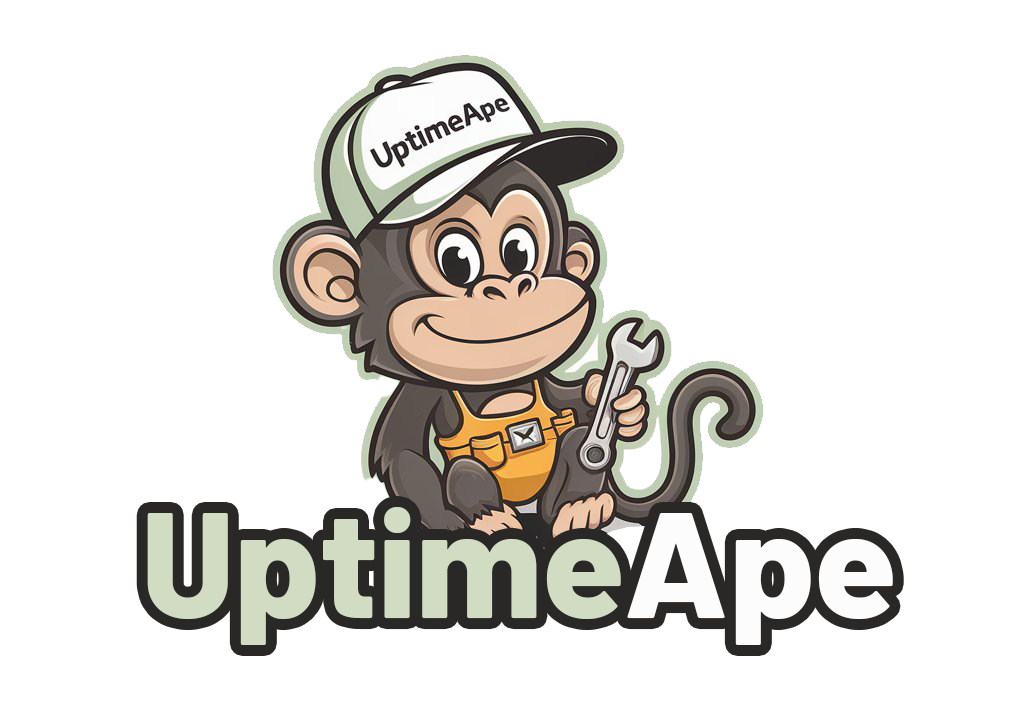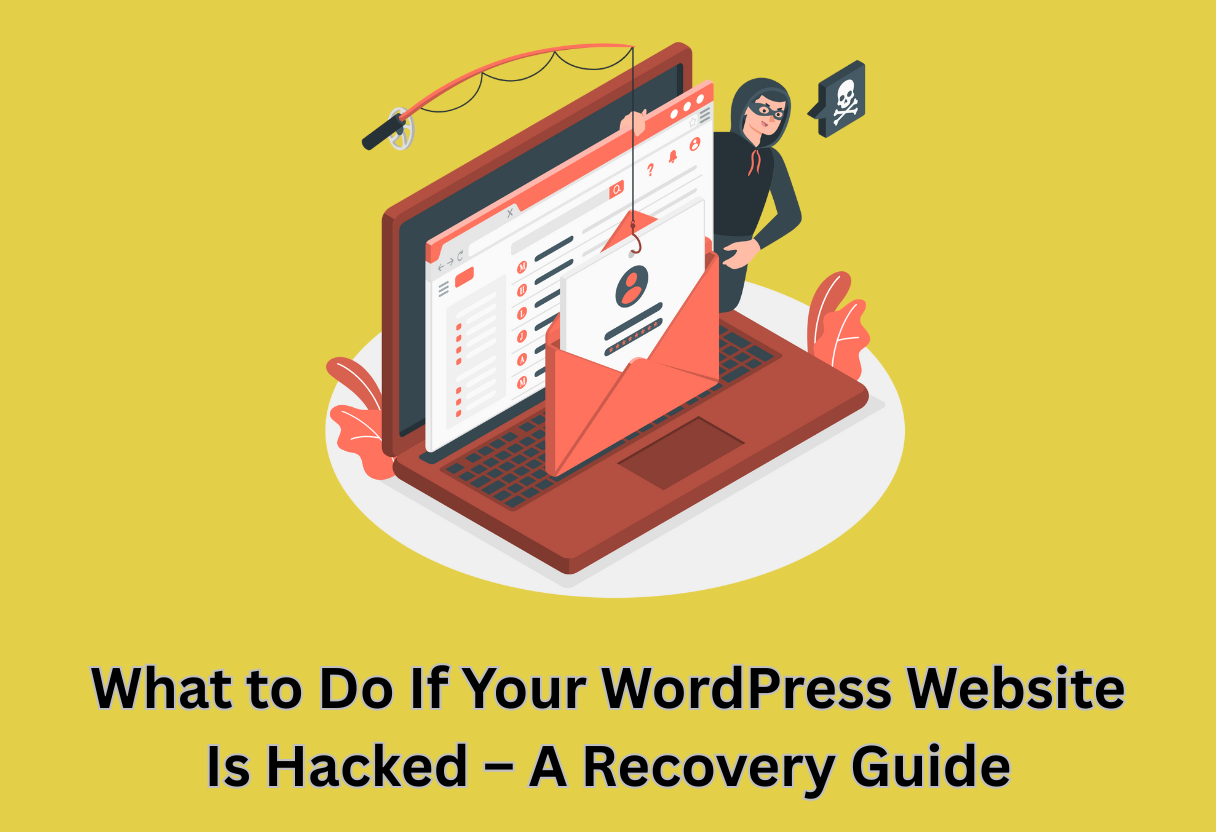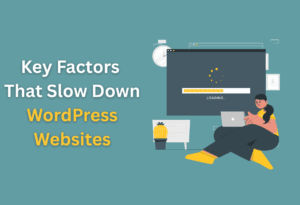WordPress websites are popular targets for hackers, and if your site has been compromised, it can feel overwhelming. The first step you should take is to assess the damage and secure your site to prevent further attacks.
In this guide, you will learn effective strategies to restore your website and regain control while also implementing preventative measures to safeguard it against future threats. Follow these steps to restore your online presence and protect your valuable content.
Key Takeaways:
- Immediately disconnect your website from the internet to prevent further damage and access by hackers.
- Assess the extent of the hack by reviewing your website files, checking for unauthorized changes, and scanning for malware.
- Restore your website from a clean backup, update all passwords, and implement security measures to prevent future hacks.
Types of Website Hacks
A variety of hacks can target your WordPress website, compromising its security and functionality. Understanding these types can help you prevent them effectively. Here’s a breakdown of the most common hacks:
| SQL Injection | Attacker inserts malicious code into database queries. |
| Cross-Site Scripting (XSS) | Injecting scripts into webpages to steal cookies or session tokens. |
| Malware Infections | Malicious software targeting your site’s files. |
| DDoS Attacks | Overloading your server with traffic, causing downtime. |
| Brute Force Attacks | Guessing passwords through repeated attempts. |
Any website can become a target for these malicious tactics; securing your WordPress is vital.
Malware Infections
Some hackers deploy malware infections to gain unauthorized access to your site. This malicious software can steal sensitive information, disrupt services, and even damage your website’s reputation. Once activated, malware can be hard to detect and can spread rapidly to other sites if not addressed promptly.
DDoS Attacks
With a DDoS attack, your website can be overwhelmed by excessive traffic, rendering it unavailable to legitimate users. This attack focuses on flooding your server with requests, causing a slowdown or outright crash.
This type of attack is particularly damaging as it can lead to loss of revenue and customer trust. A successful DDoS attack can disrupt your business operations, and depending on your hosting service, you might not have immediate recourse. Utilizing DDoS protection services can help mitigate damage and maintain your online presence, keeping your website available during critical times.
Factors Contributing to Website Vulnerabilities
Assuming you want to keep your WordPress website secure, it’s vital to understand the various factors that can contribute to your site’s vulnerabilities. These factors can create entry points for hackers and can severely impact your website’s integrity. Key factors include:
- Outdated Plugins
- Weak Passwords
- Improper User Permissions
Any of these vulnerabilities can leave your site exposed to attacks.
Outdated Plugins and Themes
There’s a high risk associated with using outdated plugins and themes, as they often contain security flaws that hackers can exploit. Failing to update these components leaves your website open to vulnerabilities, which makes regular updates vital for maintaining security.
Weak Passwords and User Access
To enhance your website’s security, it’s vital to address weak passwords and inadequate user access controls. Implementing strong, unique passwords for each user can make a significant difference in protecting your site from unauthorized access.
Contributing factors such as weak passwords can be an open invitation for attackers, as many users tend to opt for simple and easily guessable passwords. Ensuring that you enforce strong password policies and restrict user access to only those who require it can dramatically lower the chances of a successful breach. After all, employing multi-factor authentication and regularly updating credentials can fortify your defenses against potential threats.
Immediate Steps to Take After a Hack
Many WordPress users panic after discovering their website has been hacked. However, staying calm and following a methodical approach is vital to effectively recover your site. Start by securing your files, assessing the damage, and implementing measures to prevent further breaches.
The sooner you act, the better your chances of restoring your website and minimizing potential damage to your reputation and your visitors’ data.
Identify the Breach
Immediate action is necessary when you suspect that your site has been compromised. Begin by examining any unexpected changes or unfamiliar behaviors on your website.
Check for altered files, unauthorized user accounts, or unfamiliar plugins and themes. This assessment will help you determine the extent of the breach and guide your next steps in securing your site.
Temporarily Disable Your Site
Assuming your website has been compromised, it’s wise to temporarily disable it to protect your visitors and sensitive information. This action allows you to conduct thorough investigations without risking further exploitation. You can easily disable your site by putting it in maintenance mode or by using a plugin designed for this purpose.
Disable your site to prevent ongoing attacks and safeguard your user’s data. By limiting access, you ensure that malicious actors cannot exploit vulnerabilities or customer information while you work on recovery. When the site is disabled, take this time to thoroughly back up your data and plan for the necessary steps to restore its security. The key is to act swiftly and decisively, reducing the impact of the breach on your online presence.
Step-by-Step Recovery Process
After discovering that your WordPress website has been hacked, it’s crucial to follow a systematic recovery process. The following table breaks down the steps you need to take to restore your site to its original state:
| Action | Description |
|---|---|
| Change Passwords | Immediately change passwords for all user accounts, including your database and FTP. |
| Scan for Malware | Use security plugins or online tools to scan for malware on your site. |
| Clean Up Malicious Code | Remove any identified malicious code from your website files and database. |
| Install Security Plugins | Enhance security with recommended plugins to prevent future attacks. |
| Restore Files from Backup | Use your backups to restore your website to its previous state. |
Clean Up Malicious Code
Code cleanup is a vital step in the recovery process. You’ll need to diligently search your website files and database for any infected or suspicious code snippets. Often, these are embedded within your theme or plugin files. Ensure you use reliable code editors to facilitate a thorough examination and remove all traces of malicious code to prevent further attacks.
Restore Files from Backup
StepbyStep restoration of your site from a backup involves using your most recent backup files to overwrite the compromised elements of your website. This ensures that you revert back to a clean version without any malware or unauthorized changes.
Plus, leveraging your backups is an effective way to recover quickly. If your backup is stored securely and up-to-date, restoring it can mean getting your website back up with minimal downtime. Always ensure that your backup solution automatically stores multiple versions, giving you options to revert. Doing this not only helps in recovery but also provides a safety net against future incidents.

Tips for Future Prevention
Once again, safeguarding your WordPress website is imperative to avoid future breaches. Consider implementing these strategies:
- Use strong, unique passwords
- Enable two-factor authentication
- Regularly back up your website
- Limit login attempts
- Use a reliable security service
Perceiving potential threats early can save you considerable hassle down the line.
Regular Updates and Maintenance
While maintaining your website, ensure that you perform regular updates. This includes updating your WordPress core, themes, and plugins to the latest versions, which often include important security patches. Scheduling routine maintenance checks can help you identify vulnerabilities early and mitigate risks.
Implementing Security Plugins
Even with vigilance, having an extra layer of protection is invaluable. Security plugins are designed to monitor your website in real-time, detecting and blocking threats before they escalate. They often come with features like firewalls, malware scanning, and login protection to help safeguard your data.
Maintenance of these security plugins is imperative, as they provide a fortified barrier against potential threats. Regular scanning for vulnerabilities, updates to your plugins, and comprehensive security reports help ensure your site remains secure. You should choose trusted plugins that offer features like spam prevention and IP blocking, giving you full control over who’s accessing your site. Ultimately, investing in effective security measures will significantly reduce risks.
Pros and Cons of Hiring Professionals
Keep in mind the advantages and disadvantages when considering hiring professional help for your hacked WordPress website. Knowing these can help you make an informed decision.
| Pros | Cons |
|---|---|
| Expert knowledge and experience | Can be costly |
| Time-saving | Dependence on external help |
| Thorough malware removal | Variety of service quality |
| Proactive measures for future security | Risk of data privacy issues |
| Access to premium tools | Unclear communication |
Benefits of Expert Intervention
The expertise that professionals bring to the table can be the difference between a complete recovery and ongoing problems. They possess the skills and tools necessary to effectively identify and eliminate vulnerabilities, ensuring your website is secure moving forward. This can provide you with peace of mind, allowing you to focus on your core business activities.
Considerations of Cost and Trustworthiness
Benefits come with expenses when hiring professionals for recovery. Weigh the potential long-term savings from preventing future hacks against immediate costs. Just as important is the need to ensure the trustworthiness of the firm you choose—hiring a disreputable service could lead to more issues, including data theft or additional vulnerabilities. It’s vital to conduct thorough research and select a provider who has proven credentials and positive client feedback.
Considerations around cost and trustworthiness can have serious implications for your website’s safety. Doing so means balancing the cost of professional services against the potential fallout of a poorly handled hack. Look for transparency in pricing and check reviews and testimonials thoroughly to avoid any scams. The right choice can restore your site efficiently while ensuring that your data remains secure for the future.
Final Words
So, if your WordPress website is hacked, take swift action to regain control and secure your site. Begin by assessing the damage and restoring from a clean backup. Next, change your passwords and update everything, including plugins and themes.
Implement security measures to prevent future breaches, such as using strong passwords and security plugins. Regular monitoring and updates are crucial to maintain your site’s integrity. By being proactive and informed, you can rebuild your website’s reputation and protect it from future threats.





